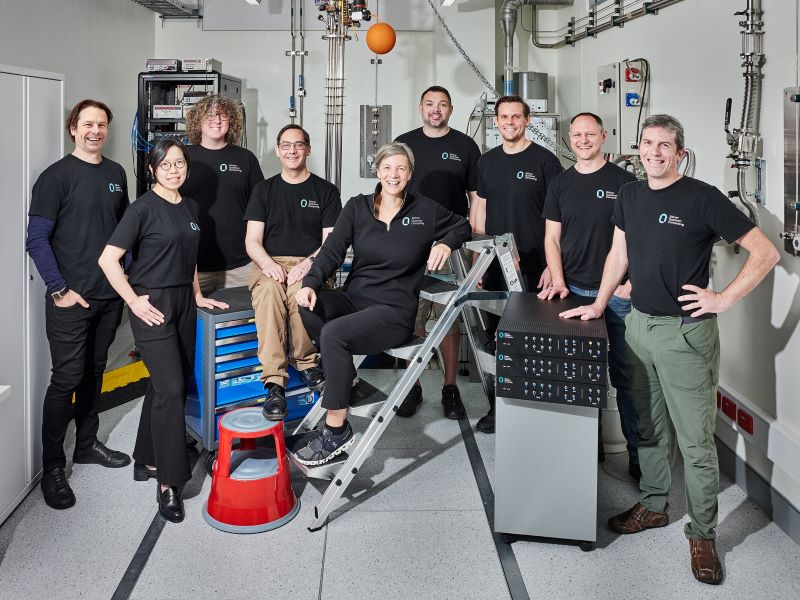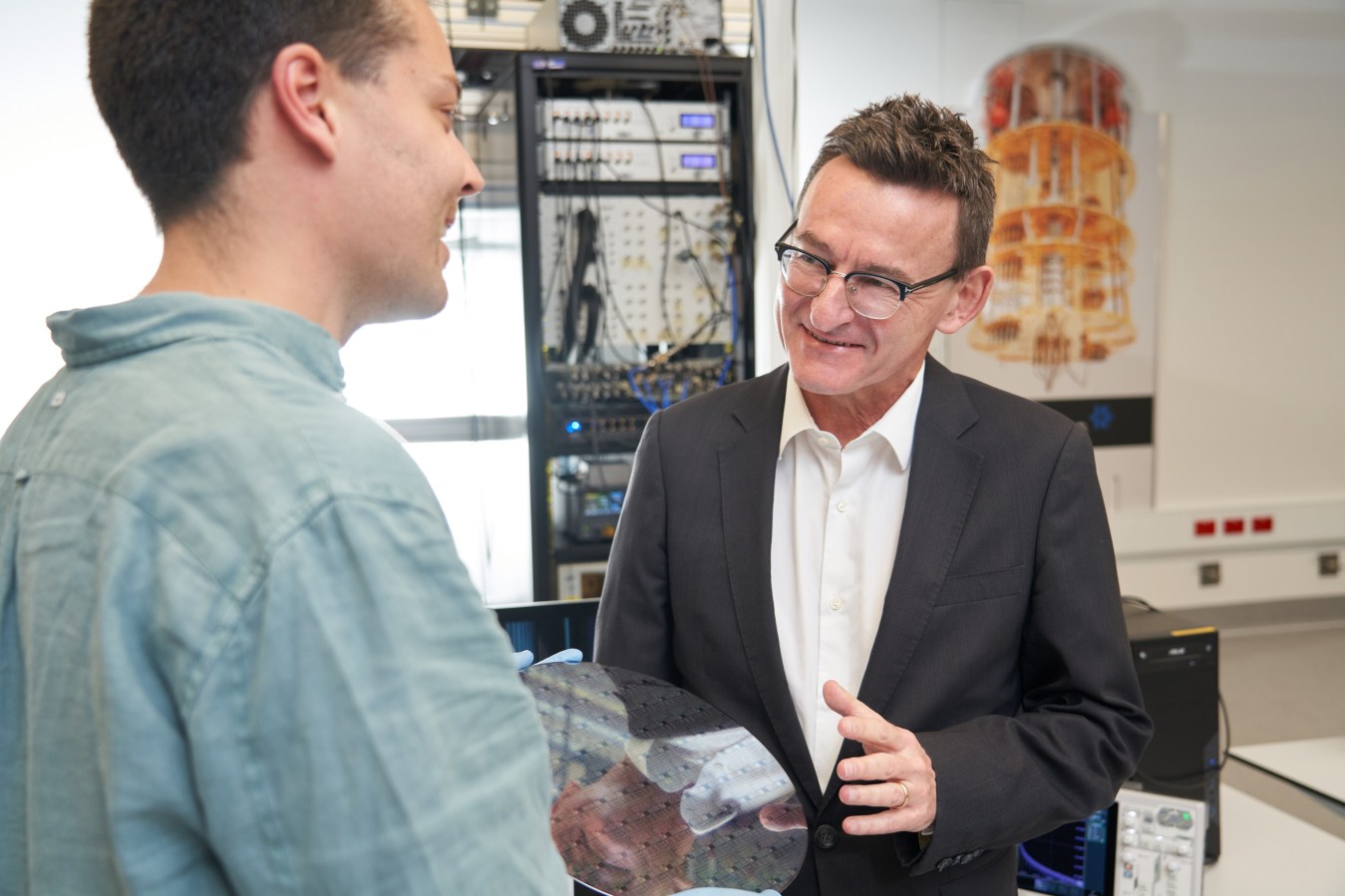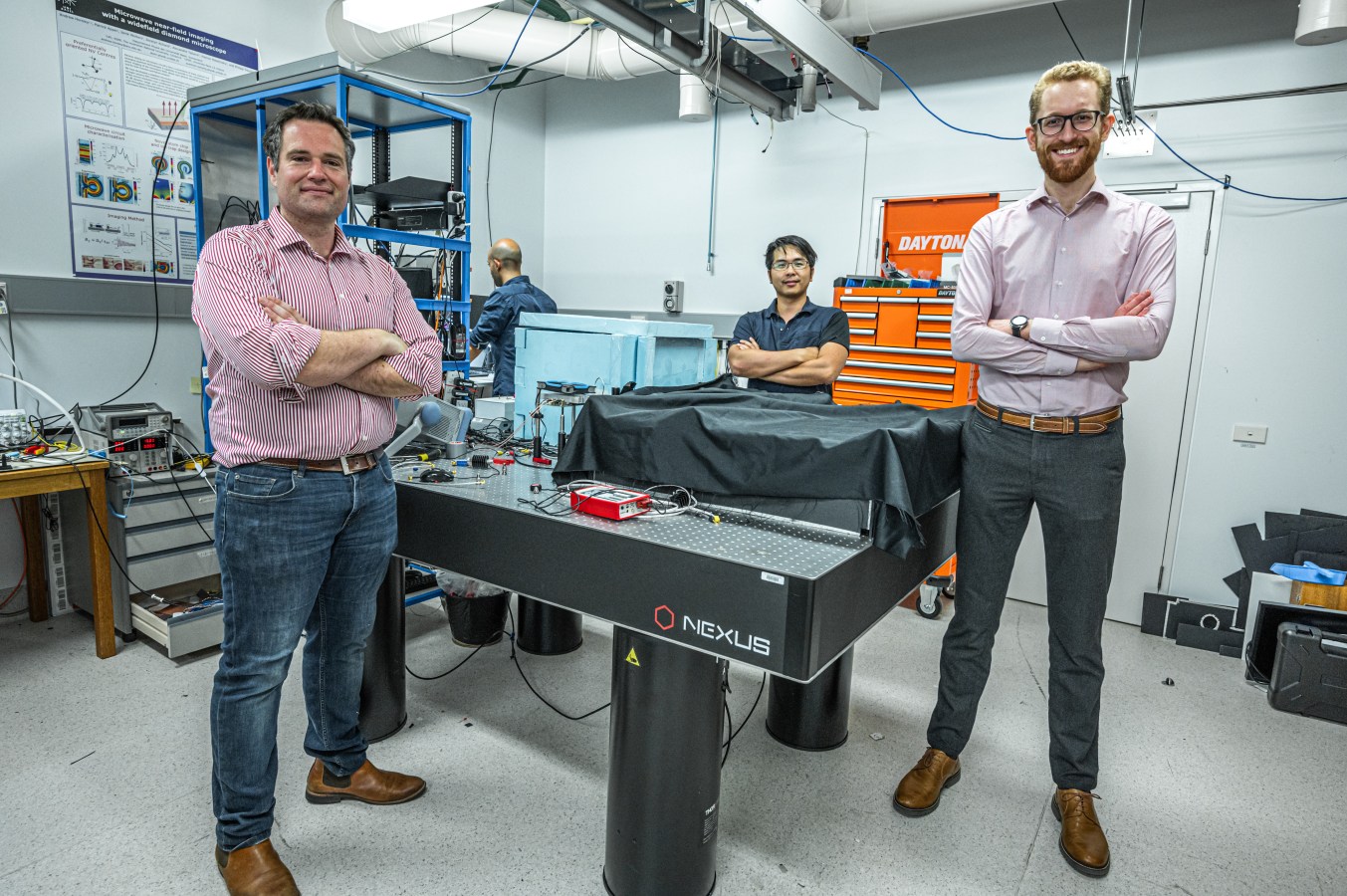Silicon Quantum Computing could launch its first product by the end of the year, chief executive and former Australian of the Year Michelle Simmons says.

Silicon Quantum Computing’s “AI accelerator for quantum machine learning” had originally been slated for a 2028 release, but was already being tested by customers, Professor Michelle Simmons said.
“It looks like we’re going to get it out this year,” she told Forbes Australia.
The actual announcement of the release remained dependent on how the testing went, Simmons said. “But we’ve got globally unique results in that space.”
Silicon Quantum Computing (SQC), which spun out of the University of New South Wales in 2017, had a major world first two years ago when it built an integrated circuit out of a single atom.
It closed a $50.4 million Series A round, last July, valuing the company at $195.3 million. The federal government tipped in $15 million of that raise to bring its total equity in SQC to $40 million and maintain its almost one-third ownership of the company. Other investors include the Commonwealth Bank, Telstra and the University of New South Wales.
Asked how SQC was going in the race to be the first to build a fully useful, error-correcting quantum computer, Simmons said the focus at this stage was on such “intermediate products” as the quantum AI accelerator, which is a piece of hardware designed to enhance the efficiency of AI applications and algorithms, for faster processing, improved accuracy, and reduced energy consumption.
“I’ve had the Google guys say I wish we could have done that.”
SQC founder Michelle Simmons
“You use the quantum states to do that, so it’s directly related to the quantumness of the processor,” Simmons said. “Everything’s engineered with that sub-nanometre precision that we have. We’re the only company in the world that can manufacture with that tolerant precision. So we can make globally unique processors as a consequence and we’re just trying to demonstrate that they have a commercial advantage.”
SQC has another intermediate product in the pipeline. “We’ve got an analogue simulation which is the algorithm we ran with the first integrated circuit built at the atomic scale, so that’s a very exciting field that again, is totally unique globally. We’re starting to make devices that are tens of thousands of dots that simulate nature,” Simmons said.
“That’s where we’re focused, bringing out these intermediate products that inform our error-corrected system as we build it.”
The error-corrected system was also progressing well, she said. “We’ve got results now where single qubit gates are above 99.9% [accurate] and two qubit gates are above 99.8%. So on every front of our three products we’re pushing the envelope of being the best in the world. We’re very excited about what’s going on here.”
Simmons was speaking to Forbes Australia about the state of play in the Australian quantum sphere in the wake of PsiQuantum’s $940 million deal with the Australian and Queensland governments to build what they hope will be the world’s first useful, error-corrected quantum computer in Australia.

Another company to spin out of UNSW – and Silcon Quantum Computing – Diraq, also has claims to being towards the front of the race to build a useful quantum computer and thereby create what is claimed to be trillions of dollars of potential value from a whole new arm of information technology.
Simmons declined to comment on the PsiQuantum deal, but wanted to spell out that Australia was doing better in the quantum race than people realised.
In 2000, Australia was the first in the world to link various universities to create a quantum “centre of excellence”, which had now been split into five other quantum centres of excellence, she said.
“Australia got in right at the beginning in a way that was completely Australian in nature – bold and ambitious and give-it-a-go,” said Simmons, a migrant from the UK.
“The UK didn’t start forming centres of excellence till 2010. And a lot of countries have only started in the last three or four years. We’ve been doing it for almost 25 years.
“That’s a positive story that needs to be told more. We have thousands of scientists trained across the country now because of the way the ARC [Australian Research Council] funded that. And as a direct consequence we’ve now got companies coming out of that space.
“What’s also lost in this story is the way we started companies in Australia … Because we had so many centres of excellence, there was so much IP generated … we started forming companies and Silicon Quantum Computing was one of these unique combinations of corporate, government and university, and that as a model is something other countries have tried to replicate, but we started it in 2015-2017.
“I’ve had the Google guys, and others, say I wish we could have done that.”
Starting a whole new industry could not be done by companies alone, Simmons said. “If you look at transistors, the first transistors were in 1947. It took 11 years for the first integrated circuit, and they started getting products out five years later. It’s a 15-year R&D process. It’s hard to fund that for 15 years, so getting these corporates, governments and universities coming together to support the research through that transition phase has been critical.”
Are you – or is someone you know -creating the next Afterpay or Canva? Nominations are open for Forbes Australia’s first 30 under 30 list. Entries close midnight, July 15, 2024.
Look back on the week that was with hand-picked articles from Australia and around the world. Sign up to the Forbes Australia newsletter here or become a member here.



